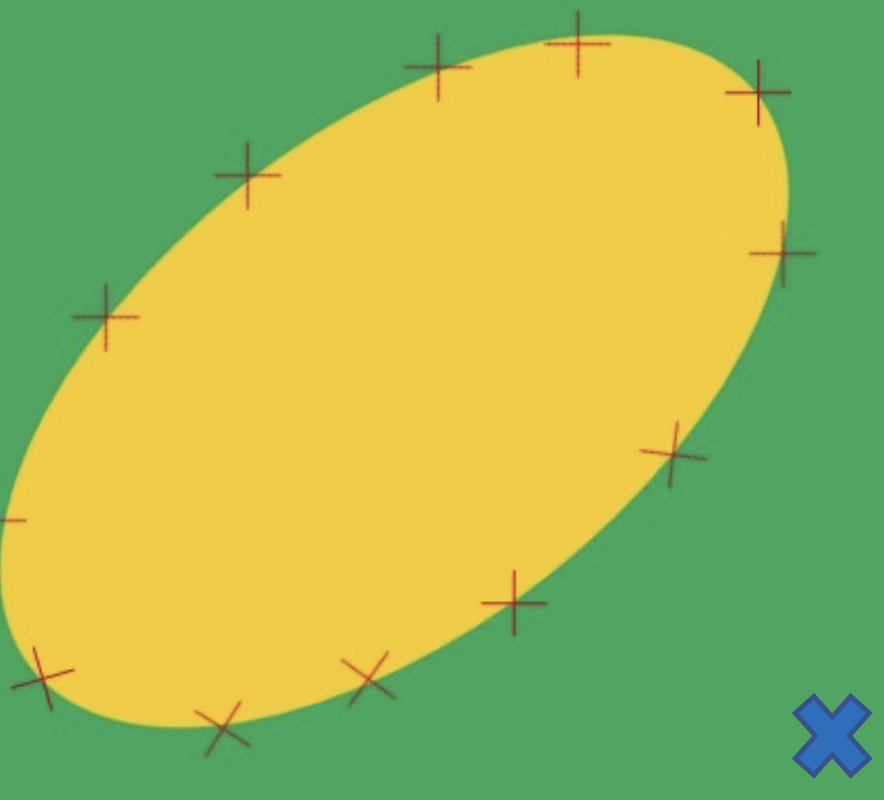
Fact Sheets And Publications
Nematode Soil Sampling in Soybeans
When and Where to Soil Sample
- When observing unexplained stunting, wilting, or death in crops.
- When planting into a field with a history of nematodes.
- In areas with prior poor performance.
- In fall when nematode populations should be at their peek. While you can sample at any time of year, fall sampling gives the best overview of population diversity and density in soybeans.
Types of Sampling
- Two methods: Predictive and Diagnostic
- Predictive sampling measures the species diversity and population density throughout a field using representative samples. This provides an overview for the field.
- Diagnostic sampling measures species diversity and population density from a singular area of the field, typically the edge of a hotspot or area of unexplained stunting, wilting, or death.

Figure 1: Sampling pattern for predictive
samples

Figure 2: Sampling pattern for diagnostic samples;
take on the edges of the hotspots (red) after
taking a separate sample from a nearby healthy
areas (blue)
How to Soil Sample
- Collect 15-20, 1-inch diameter cores, 8 inches deep for every 20 acres and mix well into a bag (Figure 1).
- For predictive sampling, use representative samples of an area. These can be collected following management zones in the field or by following a zig zag pattern through the field.
- For diagnostic sampling, take soil cores from the problematic or high-risk area and a nearby better-looking area to compare nematode populations.
- Store samples at 50-60ºF) until shipping. Do not freeze samples or add water to samples.
References
Barker, K.R., Campbell, C.L. 1981. Chapter 18.
In B.M. Zuckerman & R.A., Rhode (Eds.),
Plant Parasitic Nematodes: Volume 3 , (pp.451-473).
Academic Press. IBSN 0-12-782203-8
Authors: Alexandra Kessler, M.S., and Alyssa Koehler, Ph.D.
UD Cooperative Extension
This institution is an equal opportunity provider.
In accordance with Federal law and U.S. Department of Agriculture policy, Cooperative Extension is prohibited from discriminating on the basis of race, color, national origin, sex, age, or disability.
